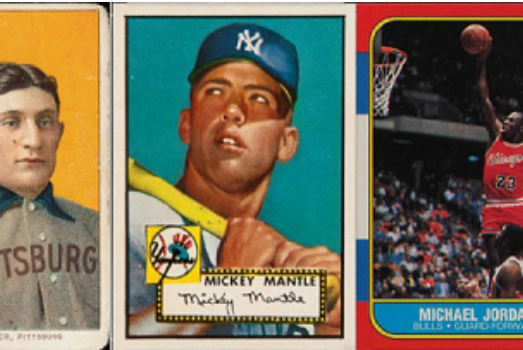The History of Piggy Banks
Ceramic piggy banks have been used since the seventeenth century. The term “pig” comes from the word “pigg”, which refers to orange clay, which was used to make pots, cans and cups in the middle Ages. A jar of piggy was used to collect family money. “Piggy” also comes from the old English word “picga,” which becomes the Middle English term “pigge,” which refers to an animal.
A preview of history
Piggy banks were considered symbols of good luck. In Germany and the Netherlands, piggy banks received gifts for good luck and New Year’s gifts. In the 1800s, English potters made boxes of money to combine them with rural scenes, castles, and country houses. These piggy banks were also designed to be attractive decorations that were displayed and also used by children.
In the middle of the nineteenth century, American metal piggy banks included European patterns. Cast iron piggy banks that were turned into buildings to represent real banks were made between 1870 and 1900. Hundreds of these types were made during this period.

At the end of the 19th century, pillars were given to children as baptisms in England. Working class children in England earned money to support their families, while privileged children received pocket money to do errands and help around the house. As savings were valued, banks delivered cash boxes to encourage savings, which was a custom that existed until the twentieth century. The most famous piggy banks were pigs of the Westminster National Bank of the eighties.
Today, the piggy bank is still a reliable means to save money. Piggy banks that are kept by children are useful educational tools for teaching children the basics of storing money. Traditionally, piggy banks are broken to get money back inside.
Today, the piggy banks that children have are decorated with the creative design of beautiful landscapes. Now they have rubber plugs or holes that are on the bottom. Modern piggy banks are equipped with electronic systems that automatically calculate the amount of money deposited inside.
Conclusion
Advances in technology have helped improve the design of the Doctor Piggy Bank. There are children’s piggy banks for children with interesting shapes and colors. Bright retail banks give a small reward when they invest. Therefore, children associate piggy banks with sweets and special savings.






